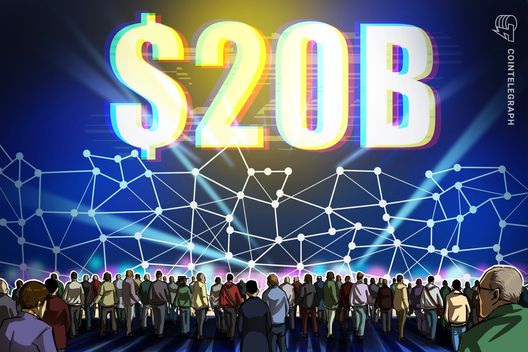Still struggling financially? Here’s what pandemic aid remains available to families
3 min read
Even as the coronavirus continues to upend American life, most pandemic-era relief measures have dried up by now.
The recent shelving of the Build Back Better Act, the massive spending bill with a number of provisions to lift up middle-class families, means the chances for new relief is now uncertain.
However, not all is lost yet.
Certain protections and aid remain available, including billions of dollars in federal rental assistance and expanded health-care and food-assistance options for low-income people.
Here are some options if you’re still struggling.
A pot of rental assistance
There continues to be billions of dollars in federal rental assistance accessible to tenants who’ve fallen behind.
If you haven’t applied for the aid yet and are worried about eviction, you should do so as soon as possible, experts say.
The National Low Income Housing Coalition has a state-by-state list of the 507 programs giving out the money. A new tool by the Consumer Financial Protection Bureau can also help you apply.
If you’re approved, you could get up to 18 months of your rent covered.
More from Personal Finance:
Retirees need to keep this much cash, advisors say
Now’s the time to boost 401(k) contributions for 2022
Here is the age when many Americans hope to retire
Just applying for the aid can help you stay in your home longer.
New York, Oregon, Massachusetts, Michigan, Minnesota, Nevada and Washington, D.C., allow renters to temporarily pause an eviction if they can show that they’re in the process of seeking the relief.
If you’re facing eviction, advocates recommend getting a lawyer as soon as possible. You can find low-cost or free legal help with an eviction proceeding in your state at Lawhelp.org.
Tenants at risk of displacement now have a right to free counsel in a number of cities, including Minneapolis, Denver, Baltimore and Seattle, as well as in three states: Washington, Connecticut and Maryland.
Student loan break continued
Amid concerns about the new omicron variant of the Covid-19 virus, the Biden administration announced last month that the payment pause for federal student loan borrowers will be extended until May 1.
That means that until then, borrowers don’t have to pay their monthly loan bill and interest will not accrue on their debt in the meantime.
Collection activity against the millions of defaulted student loan borrowers, including the garnishment of wages and tax refunds, is also on pause for the next four months.
More health insurance options
Congress passed legislation during the public health crisis that increased the tax credits available to people buying health insurance plans on the Affordable Care Act’s marketplace.
Fortunately, those credits, which reduce Americans’ out-of-pocket health-care expenses, will continue through 2022.
Under the new rules, no one should have to spend more than 8.5% of their annual income on coverage, “whereas before, if you were above the income threshold, the sky was the limit,” said Caitlin Donovan, a spokeswoman for the National Patient Advocate Foundation.
Anyone who received unemployment insurance throughout the past year should qualify for a free or nearly-free plan, Donovan said, adding that, “it’s a great incentive to get covered.”
Meanwhile, many state Medicaid programs that expanded the reach of benefits during the pandemic have been keeping people enrolled rather than contest their eligibility.
Lastly, the Patient Advocate Foundation has a fund to which you can apply and get up to $3,000 to put toward certain medical expenses, including co-payments and over-the-counter medications.
Food stamps expanded
Last year, the federal government approved the biggest boost to food assistance benefits in the history of the Supplemental Nutrition Assistance Program. SNAP benefits increased by an average of 25% above pre-pandemic levels.
The average benefit, which was $121 before Covid, was upped by $36 a month under the new policy, according to the USDA, bringing the total to $157.
SNAP has rules around how much you can own in assets and earn in income to qualify. But certain expenses, including your rent and childcare costs, can be deducted.
Many people don’t try to access the benefit because they assume they’re ineligible or worry about the stigma, said Carrie R. Welton, director of policy at advocacy group The Hope Center for College, Community and Justice.
“People will bring their own shame into this, but these are taxpayer resources,” Welton said. “This pandemic is not anyone’s fault.”







